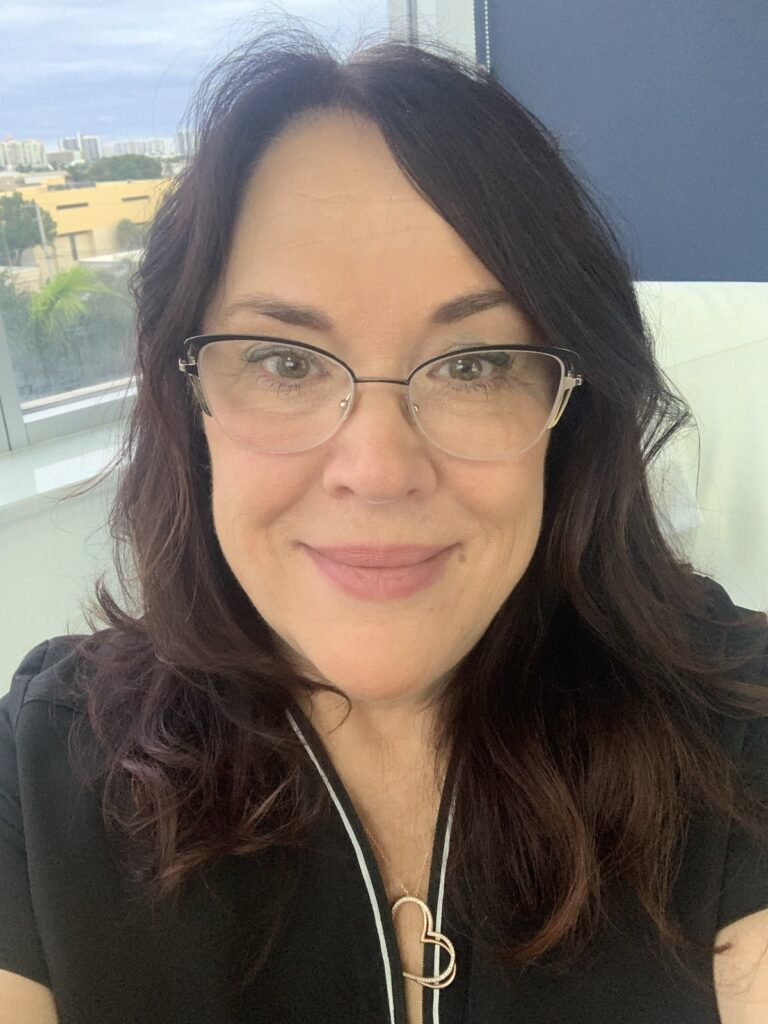Have you or someone you know been suffering from the relentless pain of Post-Herpetic Neuralgia (PHN) following a shingles outbreak? This condition, caused by the herpes zoster virus, can leave individuals in a state of chronic pain long after the rash has healed. Approximately 10% to 20% of shingles patients develop PHN, with the risk increasing with age. The good news is that there are effective treatments available, and in this blog post, we will explore how acupuncture, ATP Resonance BioTherapy, and other integrative medicine modalities can provide relief. Discover the symptoms, potential risk factors, and leading-edge therapies that are transforming lives and reclaiming comfort for those affected by PHN.
Understanding Post-Herpetic Neuralgia
Post-Herpetic Neuralgia (PHN) is a painful condition that occurs as a complication of shingles, which is caused by the reactivation of the varicella-zoster virus (the same virus that causes chickenpox). The pain can be debilitating, often described as burning, stabbing, or aching in nature, and is typically localized to the area where the shingles rash was present.
For many, the sensitivity of the skin can make even the slightest touch excruciating. It’s essential to understand the symptoms of PHN and how they relate to shingles to recognize and seek treatment as soon as possible.
Symptoms of Post-Herpetic Neuralgia
- Continuous Pain: Affects daily activities and sleep.
- Sensitivity: Prolonged sensitivity to touch or temperature changes.
- Itchiness: Persistent itching in the affected area.
- Skin Changes: Alterations in skin color or texture.
- Hyperesthesia: Increased sensitivity to stimuli that would not normally provoke pain.
The Risk Factors
While anyone who has had shingles can develop PHN, certain factors increase the risk. Here are the key ones:
- Age: Over 50 years old increases the likelihood.
- Severity of Shingles: More severe shingles can lead to higher chances of developing PHN.
- Female Gender: Studies suggest women may experience PHN more frequently than men.
- Compromised Immune System: Those with weakened immune systems may be more susceptible.
Exploring Treatment Options for Post-Herpetic Neuralgia
When it comes to treating PHN, managing pain is the primary focus. Traditional treatments often include medications like anticonvulsants, antidepressants, topical agents, and opioids. However, these options are not without side effects, and many patients seek alternatives. That’s where acupuncture and innovative therapies come in.
Acupuncture: A Time-Tested Solution
Acupuncture is a practice rooted in Traditional Chinese Medicine that involves inserting thin needles into specific points on the body to balance energy flow (Qi) and alleviate pain. Clinical studies suggest that acupuncture is effective in treating various forms of chronic pain, including that caused by PHN.
- How Does Acupuncture Work for PHN?
- Stimulates Endorphins: Acupuncture can promote the release of endorphins, the body’s natural pain relievers.
- Reduces Inflammation: Research indicates that acupuncture is effective in reducing inflammation, which can significantly help those suffering from PHN.
- Improves Blood Flow: Enhanced circulation may lead to faster healing and pain relief.
- Balances Energy: By balancing the body’s energy, acupuncture can help alleviate the discomfort associated with PHN.
ATP Resonance BioTherapy: A Groundbreaking Approach
A cutting-edge modality utilized at South Florida Acupuncture is ATP Resonance BioTherapy. This therapy combines the principles of both bioenergetics and resonance frequency technology. It aims to stimulate the body’s natural healing processes by enhancing cellular energy production. Here’s how it works:
- Promotes Cellular Repair: The bio-energetic frequencies can help to repair damaged nerves and tissues.
- Reduces Pain Signals: ATP Resonance helps in desensitizing pain receptors, leading to significant pain relief.
- Non-Invasive and Safe: This therapy is a non-invasive way to treat chronic pain without the use of pharmaceuticals.
Creating a Comprehensive Treatment Plan
Effectively managing PHN often requires a holistic approach. Speaking with healthcare professionals who specialize in integrative medicine can help create a multifaceted treatment strategy that may include:
- Acupuncture sessions to restore balance and relieve pain.
- ATP Resonance BioTherapy to promote cellular repair.
- Nutritional support through dietary changes and possible supplementation.
Recap and Moving Forward
Overcoming the challenge of Post-Herpetic Neuralgia involves understanding the condition and exploring effective treatment options tailored to individual needs. By incorporating acupuncture, ATP Resonance BioTherapy, and other integrative modalities, patients can reclaim their lives by managing symptoms and alleviating pain.


